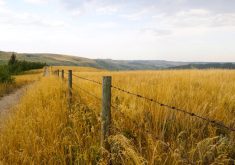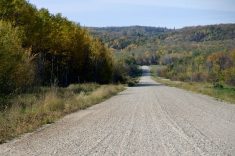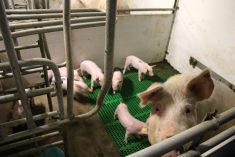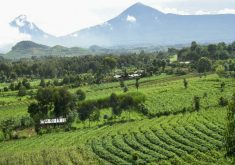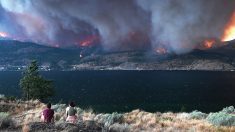It’s five o’clock on a summer morning in Winnipeg. Our research team is unloading a series of small traps from the trunk of our car, which is parked on a residential road. Using a stick, we slather peanut butter from a huge jar into each trap as bait and quietly sneak into the yards we’ve been given permission to enter, placing the traps in suitable locations.
This effort is to investigate how animals respond to urbanization and what traits enable them to colonize and persist in cities.
Urban ecology and evolution are still relatively new fields of study — for a long time, researchers preferred to study nature in remote locations. But a growing number of scientists are now studying animals and plants found in our own backyards, reflecting a realization that cities are important ecosystems.
Read Also
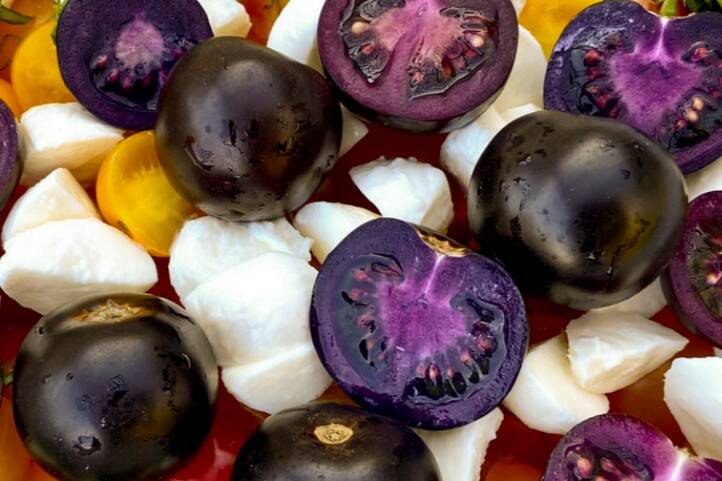
Introducing the purple tomato
Health Canada has approved bioengineered The Purple Tomato (TM), maybe leading to new culinary uses and health benefits?
Yet these cities are challenging places for wildlife and plants. Cities are hot, noisy and polluted. The numerous buildings, cars, pets and, of course, people going about their business pose many dangers to the species that increasingly share our living quarters.
The remaining natural vegetation is also altered in cities. For example, interest in gardening has introduced many new plants and trees to cities that aren’t found in nearby natural areas.
So, what enables some species to succeed in city living, where other species fail? One of the most important qualities in urban animals is their ability to change their behaviour.
For example, urban coyotes avoid humans (and particularly their cars) by being more active at night in Edmonton.
We also see evidence of rapid evolution in cities, where the genetic material of a population is changing. Urban water fleas, for example, grow and mature faster and can withstand higher temperatures than rural water fleas.
Recently, researchers wanted to know just how widespread these kinds of rapid evolutionary changes are across our cities. A global team of researchers teamed up to answer this question using the humble clover plant.
The Global Urban Evolution project (or GLUE) underscores the important role of cities as testbeds to advance our understanding of the natural world.
Clover is ubiquitous in cities across the world so researchers visited parks, lawns and roadsides to collect samples from 160 cities and surrounding areas on five continents. Considered among “the best replicated test of parallel evolution, on the largest scale ever attempted,” results suggest clover populations are indeed adapting to urban environments worldwide.
If urban species are evolving, and seemingly before our very eyes, that means biodiversity conservation and management goals are moving targets. Understanding how species are changing over time can help us to better plan and manage for greener, more biodiverse cities. This, in turn, has important implications for the well-being of the 55 per cent of the world’s human population who call an urban area home.
Back in Winnipeg, a trap in a nearby yard is rattling. A tiny red squirrel has found the peanut butter breakfast and is now full — and also stuck. It’s time for me to get to work. I weigh and measure the squirrel, and then mark it for future identification. Ultimately, this work will tell us how squirrels alter their activity in cities, for example by waking up earlier compared to squirrels in more natural areas, as has been found for urban birds.
So, the next time a city resident notices someone catching squirrels in their neighbourhood or collecting clover on lawns, they might just be witnessing an urban evolutionary ecologist hard at work, trying to discover just what makes their favourite species successful at city living – and how that insight may help us all.
– Riikka Kinnunen is a postdoctoral research fellow, biology, at Concordia University. Carly Ziter is associate professor of biology, Concordia University.



